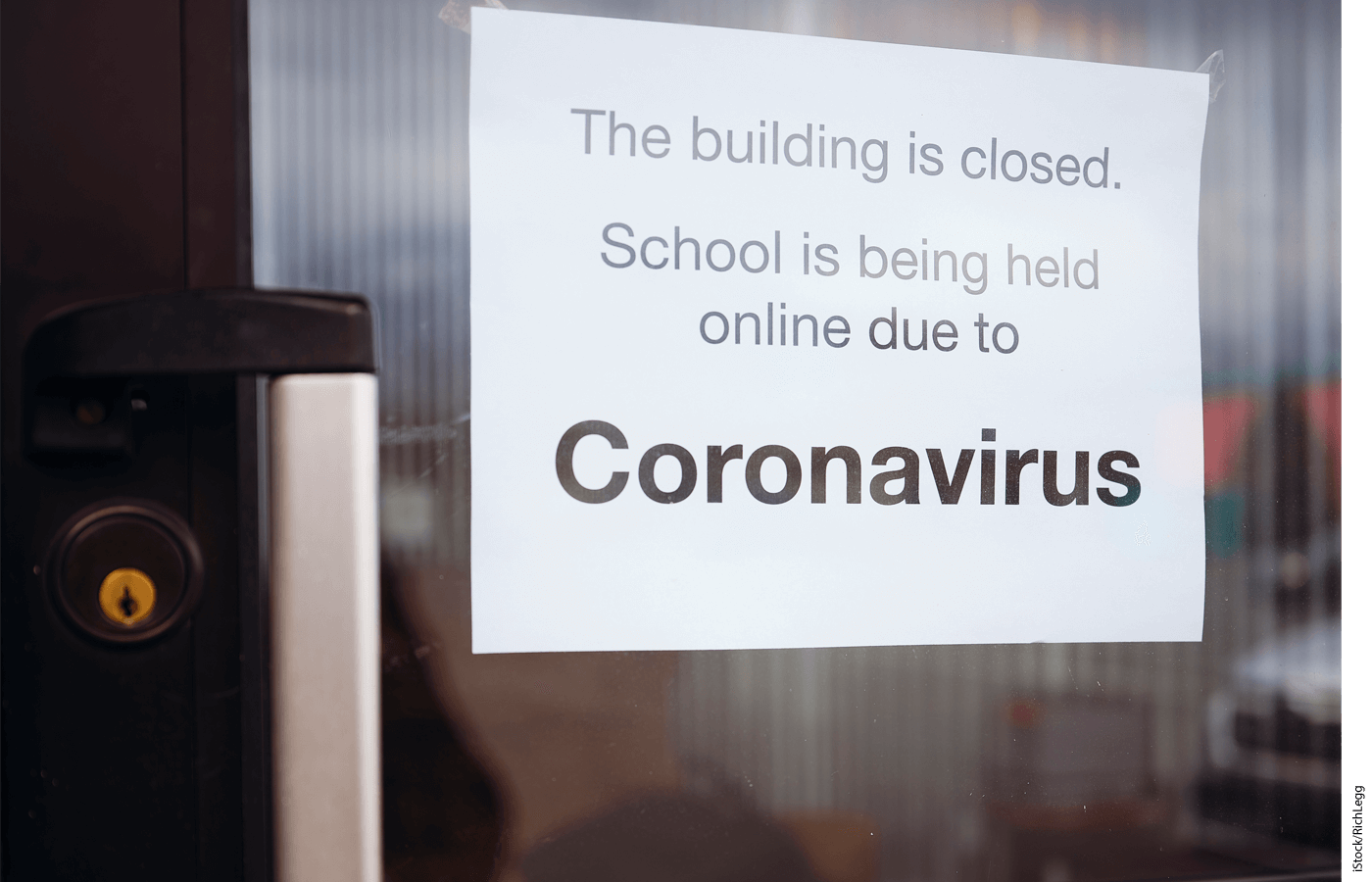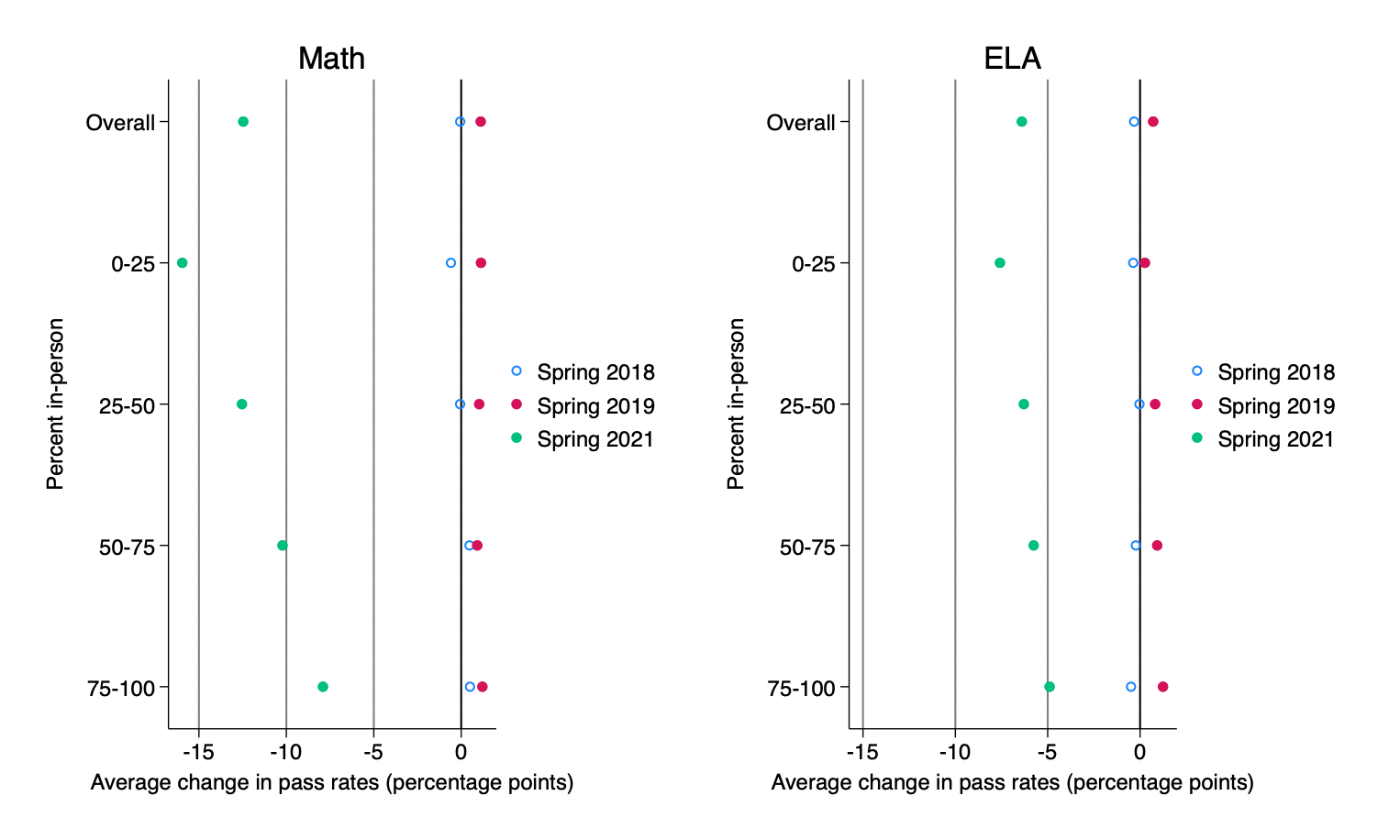During this summer, a team of students from MIT embarked on a journey to the sou …
School Closures Exacerbate Disparities for Most Vulnerable Amid Covid-19 Outbreak
Carlos Changemaker

When the Covid-19 pandemic began in March 2020, American schools closed abruptly and remained closed for the rest of that school year. When the next fall approached, many school districts chose to continue with online virtual education as a precautionary measure. Other districts opted to resume in-person schooling with masking and social distancing protocols in place. Schooling decisions varied throughout the school year, and it wasn’t until the spring of 2021, a year after the initial closures, that in-person schooling became available to all students in the United States.
It has been nearly four years since the start of this period of educational disruption, but its effects still linger. Recovery has been slow, and students are facing various challenges, including academic struggles. Public school enrollments have decreased, and many teachers have left the field due to the challenges of teaching during a pandemic. The educational landscape in the U.S. has been transformed by Covid-19.
Given the ongoing discussions about the impact of the pandemic, it is crucial to understand who has been most affected. The United States stood out in terms of school closures compared to other countries worldwide (see Figure 1). Allowing students back in school sparked intense debates in the U.S., while other countries prioritized this move. Although the U.S. experienced some of the longest school closures during the pandemic, the closures were not consistent across the country. Some students returned to in-person schooling on the first day of Fall 2020, while others spent almost an entire additional school year without setting foot in their school buildings.
Figure 1: Average number of days with school closed, by region, January 2020 – December 2021.
Source: Regional closures aggregated from country-level closures using data from the Oxford Covid-19 Policy Tracker (Hale, et al. 2021).
A recent article examines the data on school closures. Surprisingly, schools in areas with higher Covid case rates were neither more nor less likely to have virtual schooling compared to those with lower case rates. Districts with high rates of Covid-19 used virtual education for an average of 48 days during the 2020–21 school year. In comparison, those with low rates of Covid-19 used virtual education for an average of 51 days. The severity of the pandemic did not determine the decision to close in-person schooling, and reduced in-person schooling did not correlate with lower case rates.
Instead, the variation in virtual schooling depended more on the political leanings of specific areas. Right-leaning areas with higher Republican vote shares were less likely to switch to virtual school. Districts in these areas spent an average of 39 days with virtual schooling, while left-leaning areas spent an average of 54 days. Beyond politics, areas with a higher proportion of Black students spent an average of 56 days in virtual school (compared to 36 days in areas with a lower proportion of Black students), and districts with a higher proportion of Hispanic students were also more likely to adopt virtual schooling (53 vs 43 days).
Interestingly, virtual schooling was more common in areas with lower broadband internet usage, despite the need for internet access to participate in online classes. During the pandemic, there were reports of students relying on mobile devices and seeking Wi-Fi hotspots in public places to complete their schoolwork. Many students fell behind due to inconsistent access to the internet and, subsequently, education.
Furthermore, areas with higher unemployment rates also had longer periods of virtual schooling. On average, these areas spent 57 days with virtual schooling, while areas with lower unemployment rates only spent 40 days.
All these factors highlight the exacerbation of existing inequalities due to school closures. Access to in-person schooling was unequal, favoring students who already had greater access to academic resources. The disrupted school year widened existing disparities in educational access.
The consequences of a year of academic disruption are becoming evident. Test scores declined for all students after the pandemic, and they have not yet returned to pre-pandemic levels for many districts. However, a closer look reveals an important aspect of this story. Students with limited access to in-person schooling experienced much larger drops in test scores (see Figure 2). In fact, areas with the most virtual schooling had nearly twice the decrease in average math test-score pass rates compared to areas with the least virtual schooling. A similar pattern occurred in English Language Arts (ELA) scores, with the largest declines in proficiency rates seen in school districts that relied heavily on virtual schooling. Because disadvantaged areas had more virtual schooling, they also experienced larger declines in test scores. Clearly, virtual schooling was not an effective substitute for in-person learning.
Figure 2: Average change in pass rates on state standardized assessments in Spring 2021 versus Spring 2018–2019

Source: Data for this figure comes from the final data set from the replication materials for Jack et al. (2023).
School closures and disruptions to education during the pandemic have widened disparities among students in the United States. As <


